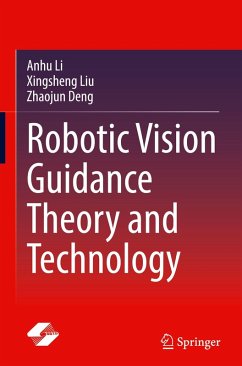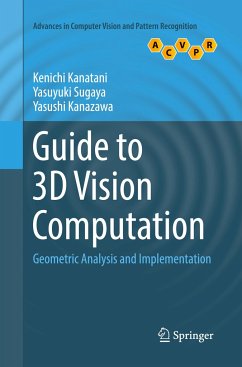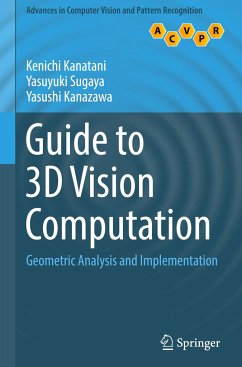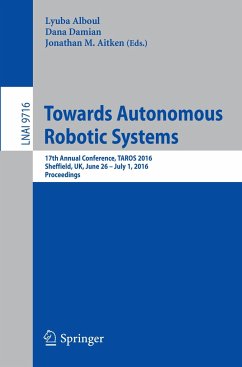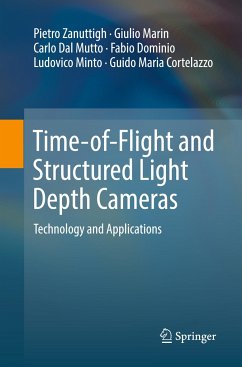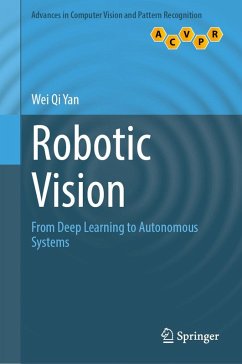
Robotic Vision
From Deep Learning to Autonomous Systems
Versandkostenfrei!
Erscheint vorauss. 30. Dezember 2025
53,99 €
inkl. MwSt.

PAYBACK Punkte
27 °P sammeln!
Robotic vision represents the cutting edge of modern computing, combining artificial intelligence, deep learning, and advanced robotics to enable intelligent machines. As universities worldwide pivot from conventional machine learning to robotic vision, this book serves as an essential guide for researchers, educators, and students entering this transformative field. This comprehensive resource introduces core topics such as humanoid and arm-type robots, robotic image processing, stereo vision, 3D reconstruction, scene understanding, and vision-based control. Advanced algorithms, including K...
Robotic vision represents the cutting edge of modern computing, combining artificial intelligence, deep learning, and advanced robotics to enable intelligent machines. As universities worldwide pivot from conventional machine learning to robotic vision, this book serves as an essential guide for researchers, educators, and students entering this transformative field. This comprehensive resource introduces core topics such as humanoid and arm-type robots, robotic image processing, stereo vision, 3D reconstruction, scene understanding, and vision-based control. Advanced algorithms, including Kalman filters, imitation learning, inverse reinforcement learning, diffusion transformers, and multimodal approaches, are explored in depth. Practical applications are seamlessly integrated with theoretical knowledge, offering lab-based exercises and discussions to enhance hands-on learning. Readers will gain unique insights into robotic navigation and planning, visual servoing, federated learning, and cutting-edge techniques like the “third eye algorithm” and camera retreat. Designed for accessibility, the book assumes no prerequisites beyond foundational courses in machine learning and deep learning, making it suitable for diverse audiences. With its structured learning approach and emphasis on both foundational principles and emerging innovations, this book is an indispensable tool for mastering robotic vision. Whether readers aim to advance research, develop autonomous systems, or integrate AI-driven robotics into real-world applications, this book provides the knowledge and skills to succeed.



